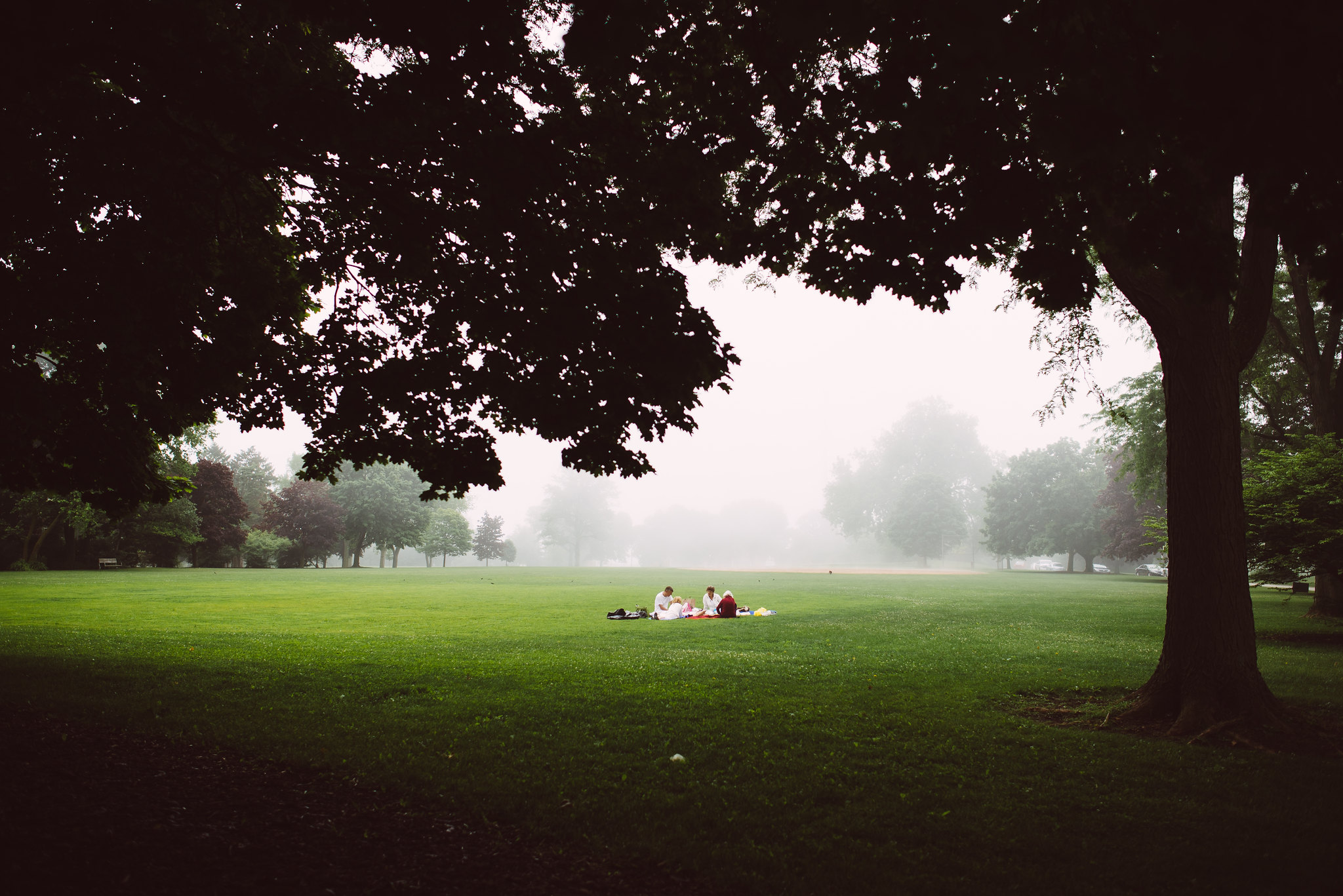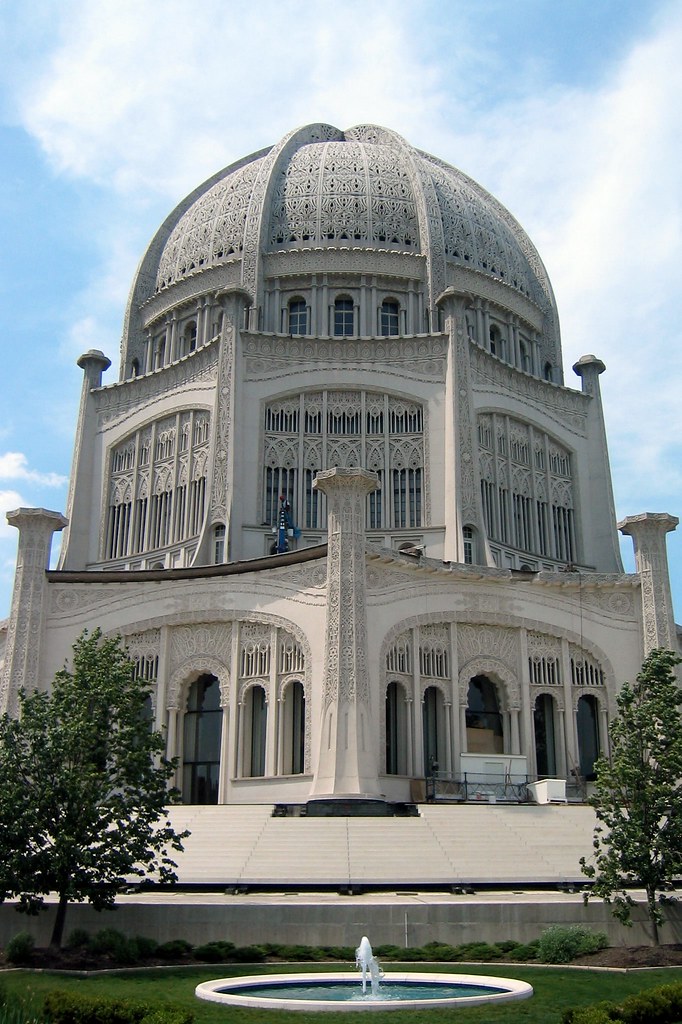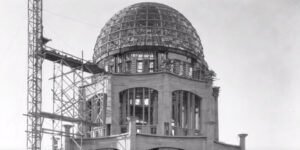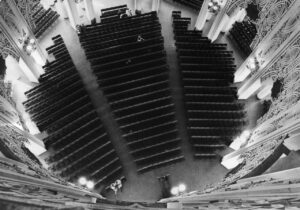We don’t just dwell in the realm of innovative, world-class architecture. We also take delight in the allure of the great outdoors, especially those spaces that bring joy to communities. In that spirit, we’re thrilled to introduce you to the picturesque Gillson Park, located on the lakefront, northeast of the iconic Baha’i Temple and only 2 miles from Optima Verdana®, it’s a lively and vibrant oasis located in the charming village of Wilmette.
Gillson is more than your average park. It’s a haven packed with fun, relaxation, and natural splendor. Located on the stunning shores of Lake Michigan, the park is spread over an impressive 60 acres and offers a slew of engaging activities for everyone.
For the beach lovers, Gillson Park features a pristine sandy beach. Sunbathing, swimming, or simply dipping your toes in the cool waters – it’s your personal paradise by the lake. And for those who crave an adrenaline rush, the park’s Sailing Beach provides sailboat rentals to chase the horizon.
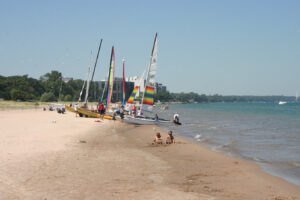
Not to mention the fact that the park’s serene landscape adorned with mature trees offers the perfect backdrop for a delightful alfresco meal. And if you’re looking to fire up the grill, the park provides designated picnic and barbeque areas to make your summer cookout a breeze.
For sport enthusiasts, Gillson Park is nothing short of a playground. From volleyball to tennis courts, it’s a haven for friendly competition and fun games. And let’s not forget about the younger visitors – the park houses a fantastic playground and a “Tot Lot” play area, ensuring hours of endless fun for the little ones.
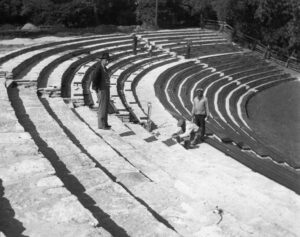
Wilmette Historical Museum
Perhaps one of Gillson Park’s crown jewels is the Wallace Bowl, an outdoor amphitheater that serves as the stage for their Sounds of Summer concert performances, movie nights, and theater performances.
The natural beauty of the park is another captivating aspect. Walk along the trails, explore the bird habitat, or lose yourself in the breathtaking beauty of the Wild Flower garden. Gillson Park’s allure lies in its ability to marry leisure and nature effortlessly.
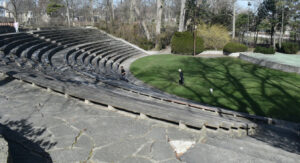
As we wind down our exploration of Gillson Park, we remind ourselves that spaces like this encapsulate the essence of community living. They bring us closer to nature, offer a sense of belonging, and provide an array of activities for all ages. Gillson Park is not just a testament to Wilmette’s charming character, but it’s also an invitation for everyone to step out and embrace the summer sun in all of its glory!
